Related Research Articles

Entomology is the scientific study of insects, a branch of zoology. In the past the term "insect" was less specific, and historically the definition of entomology would also include the study of animals in other arthropod groups, such as arachnids, myriapods, and crustaceans. This wider meaning may still be encountered in informal use.
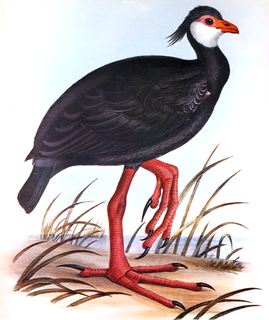
George Robert Gray FRS was an English zoologist and author, and head of the ornithological section of the British Museum, now the Natural History Museum, in London for forty-one years. He was the younger brother of the zoologist John Edward Gray and the son of the botanist Samuel Frederick Gray.

John Obadiah Westwood was an English entomologist and archaeologist also noted for his artistic talents. He published several illustrated works on insects and antiquities. He was among the first entomologists with an academic position at Oxford University. He was a natural theologian, staunchly anti-Darwinian, and sometimes adopted a quinarian viewpoint. Although he never travelled widely, he described species from around the world on the basis of specimens, especially of the larger, curious, and colourful species, obtained by naturalists and collectors in England.
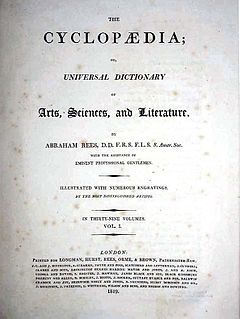
Rees's Cyclopædia, in full The Cyclopædia; or, Universal Dictionary of Arts, Sciences, and Literature was an important 19th-century British encyclopaedia edited by Rev. Abraham Rees (1743–1825), a Presbyterian minister and scholar who had edited previous editions of Chambers's Cyclopædia.
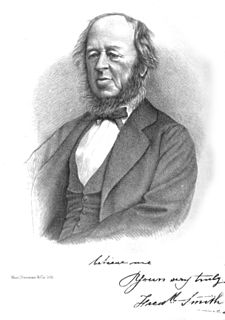
Frederick Smith was a British entomologist who worked at the zoology department of the British Museum from 1849, specialising in the Hymenoptera.

John Curtis was an English entomologist and illustrator.
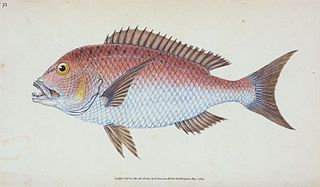
Edward Donovan was an Anglo-Irish writer, natural history illustrator, and amateur zoologist. He did not travel, but collected, described and illustrated many species based on the collections of other naturalists. His many books were successful in his time. He died penniless in 1837 leaving a large family destitute.

Francis Walker was an English entomologist. He was born in Southgate, London, on 31 July 1809 and died at Wanstead, England on 5 October 1874. He was one of the most prolific authors in entomology, and stirred controversy during his later life as his publications resulted in a huge number of junior synonyms.However his assiduous work on the collections of the British Museum had great significance.

Moses Harris was an English entomologist and engraver.
Christian Rudolph Wilhelm Wiedemann was a German physician, historian, naturalist and entomologist. He is best known for his studies of world Diptera, but he also studied Hymenoptera and Coleoptera, although far less expertly.

Entomology, the scientific study of insects and closely related terrestrial arthropods, has been impelled by the necessity of societies to protect themselves from insect-borne diseases, crop losses to pest insects, and insect-related discomfort, as well as by people's natural curiosity. This timeline article traces the history of entomology.

Benjamin Wilkes was an 18th-century artist and naturalist in London. Wilkes' profession was 'painting of History Pieces and Portraits in Oyl'. When a friend invited him to a meeting of the Aurelian Society, where he first saw specimens of butterflies and moths, he became convinced that nature would be his 'best instructor' as to colour and form in art. He began to study entomology spending his leisure time collecting, studying and drawing the adults, larvae, pupae and parasitoids of Lepidoptera, assisted by the collector Mr. Joseph Dandridge. Wilkes' own collection was kept, "against the Horn Tavern in Fleet Street," London, "Where any gentleman or lady," could see his collection of insects. Henry Baker, writing in August 1749, stated that Wilkes had, "died of a fever in about a week after he had finished his laborious and elegant work," and paid tribute to Wilkes as, "indefatigable in his observations and faithful in minuting down every particular but for want of learning quite incapable of writing a book."
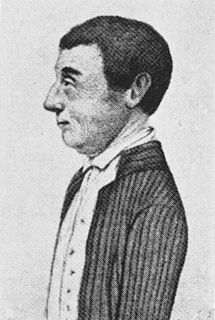
John Abbot was an American naturalist and artist. He was the first artist in the New World to create an extensive series of insect drawings and to show insects in all stages of development. In addition to more than 3,000 insect illustrations, he also produced drawings of birds and plants. To facilitate his work he collected a great number of insects and reared thousands more. He was considered one of the best insect illustrators of his era and his art and insect collections were sold to an eager market in London.
John William Lewin was an English-born artist active in Australia from 1800. The first professional artist of the colony of New South Wales, he illustrated the earliest volumes of Australian natural history. Many of his illustrations were of native Australian birds on native Australian plants.
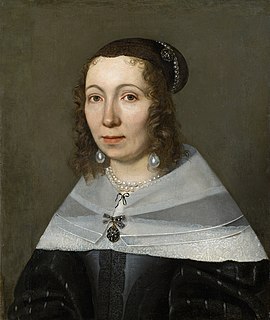
Maria Sibylla Merian was a German-born Swiss naturalist and scientific illustrator. She was one of the earliest European naturalists to observe insects directly. Merian was a descendant of the Frankfurt branch of the Swiss Merian family.
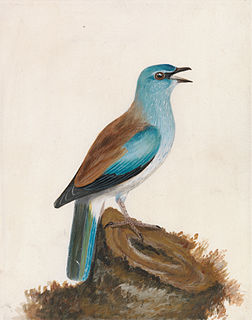
William Lewin (1747–1795) was an English naturalist and illustrator.
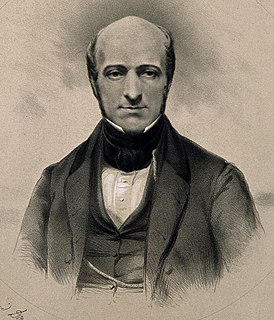
Edward Doubleday was an English entomologist primarily interested in Lepidoptera. He is best known for The Genera of Diurnal Lepidoptera: Comprising Their Generic Characters, a Notice of Their Habits and Transformations, and a Catalogue of the Species of Each Genus, co-written with John O. Westwood, and illustrated by William Chapman Hewitson; and List of the Specimens of Lepidopterous Insects in the Collection of the British Museum.

British Entomology is a classic work of entomology by John Curtis, FLS. It is subtitled Being Illustrations and Descriptions of the Genera of Insects found in Great Britain and Ireland: Containing Coloured Figures from Nature of the Most Rare and Beautiful Species, and in Many Instances of the Plants Upon Which they are Found.

Quarto is the format of a book or pamphlet produced from full sheets printed with eight pages of text, four to a side, then folded twice to produce four leaves. The leaves are then trimmed along the folds to produce eight book pages. Each printed page presents as one-fourth size of the full sheet.

The Fly-Fisher's Entomology, Illustrated by Coloured Representations of the Natural and Artificial Insect and Accompanied by a Few Observations and Instructions Relative to Trout-and-Grayling Fishing, first published in 1836 by Alfred Ronalds (1802–1860), was the first comprehensive work related to the entomology associated with fly fishing. Although the work was Ronalds' only book, it was published in 11 editions between 1836 and 1913 and has been extensively reprinted in the last 100 years.
References
Notes
Sources
- Lewin, John William (1805). Prodromus Entomology. London: Thomas Lewin.
- Renard, Julien (2007). Historical, bibliographical and publication notes. Pp.23-55 in: "Natural History of the Lepidopterous Insects of New South Wales" by John William Lewin (PDF). Melbourne: Gaston Renard. ISBN 978-1-920738-12-9.